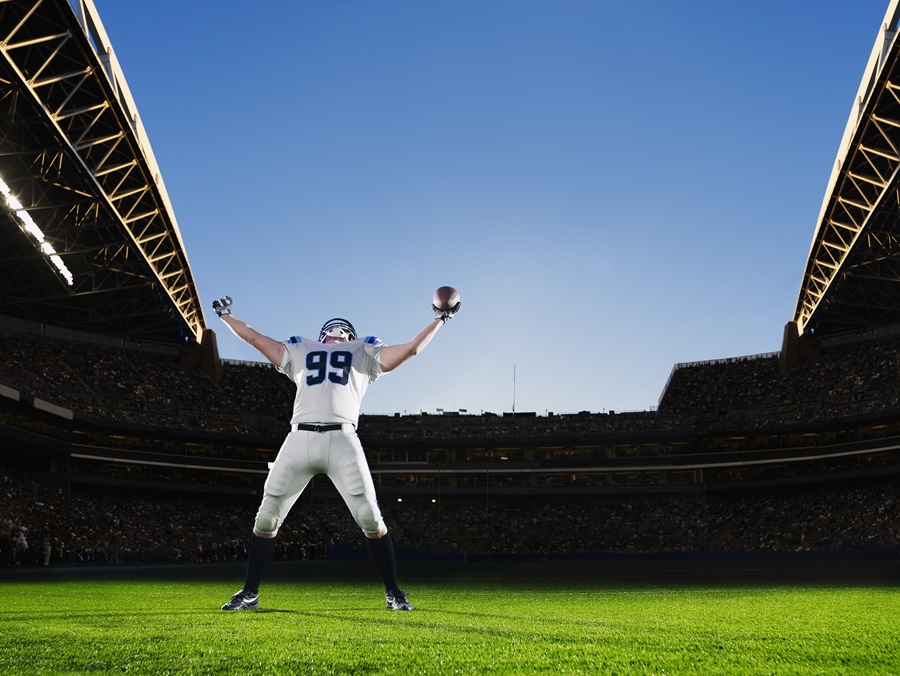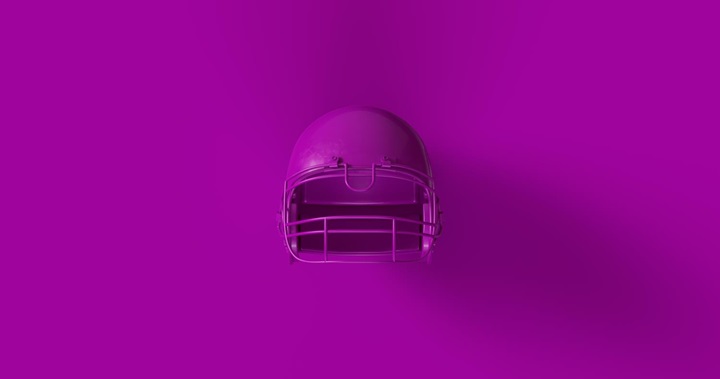The Super Bowl is one of the few events that can draw an audience just for the ads. Even people who don’t work in the industry become armchair critics on Super Bowl Sunday, tweeting (X’ing?) their thoughts or simply shouting them across the room. As if the $7 million price tag for 30 seconds wasn’t pressure enough, there is an extra demand on these ads to achieve a higher level of entertainment. That’s not just an anecdotal observation – Kantar norms say the same.
The consequences of not meeting this demand often manifest in mean tweets and critical writeups, not to mention analysis from no less than 10 different scoring systems the very next day. There’s a lot riding on these precious 30s timeslots and a lot of blood, sweat and tears that goes into crafting them. When brands get it right, the expense is well worth it. However, Super Bowl LVIII leaves a lingering question as to whether the demand has inadvertently forced brands to put entertainment ahead of the fundamentals, limiting long-lasting impact in the process.
The importance of remembering the fundamentals and grabbing attention
In the midst of trying to make people laugh, to stir emotions, to earn the attention of the trade mags, morning shows, newspapers, copy testing vendors…an ad still has to follow the fundamentals to be effective in a big event like Super Bowl LVIII: create branded memorability, impart meaningfully different associations, and achieve short- and/or long-term brand predisposition. This year’s slate of ads are entertaining, but the branded memorability piece is challenged.
In our assessment of all the nationally placed ads, the ones that are most enjoyable often have weaker branding. Most ads are capturing active attention, indicated by average involvement reaching the 75th percentile this year. And we know active attention is incredibly important in this Digital age. However, that attention isn’t necessarily being directed back to the brand. This isn’t the case for ALL of the Super Bowl LVIII creative out there, but it is the case for many. Let’s explore a few examples:
The Optimal Combo
First a quick summary of what it means to create branded memorability and predisposition:
- Impact: to break through, ads must be well-branded, enjoyable, actively engaging, and strike the right emotional tone
- Predisposition: in the below cases, we’ll be focusing on Brand Equity, which leverages our tried and true MDS framework to understand an individual ad’s ability to support equity-building efforts
Popeye’s, Booking.com, and Oreo are all great examples of crafting a story for a brand versus a story with a brand in it:
Popeye’s – The Wait Is Over: Impact 92, Branding 87, Enjoyment 78
- Branded Memorability: you cannot recount the ad without mentioning Popeye’s chicken wings. That is literally what Ken Jeong has been waiting for!
- Brand Predisposition: Brand Equity 92
Booking.com – Tina Fey Books Whoever She Wants to Be: Impact 91, Branding 78, Enjoyment 88
- Branded Memorability: the premise makes it clear that Tina is booking vacation homes via Booking.com. We literally see her doing it. And the variety that Booking can provide is personified by a different version of her character booking a different location.
- Brand Predisposition: Brand Equity 89
Oreo – Twist On It: Impact 69, Branding 73, Enjoyment 80
- Branded Memorability: an ad crafted around the relatable and unique insight about how people consume Oreos, the “twist on it” convention becomes the key to making decisions throughout history.
- Brand Predisposition: Brand Equity 80
The issue becomes “the brand”
Dove, the Foundation to Combat Antisemitism, and He Gets Us take a different approach to branding, using their Super Bowl LVIII slots to promote issues of keeping girls involved in sports, combating all hate, and loving your neighbor, respectively. The storylines they leverage to convey these messages are highly involving, and while they won’t necessarily tie as neatly back to the corporate brands or foundations supporting them, strong active attention suggests the message will ring loud and clear:
Foundation to Combat Anti-Semitism – Silence: Involvement 84
Dove – Hard Knocks: A Dove Big Game Film: Involvement 73
He Gets Us – Footwashing: Involvement 72
Entertainment overshadows the brand & The Super Bowl LVIII celebrity soup conundrum
Of course, there are a few examples in which either the storyline or celebrity involvement outshine the brand:
Squarespace – Hello Down There: Enjoyment: Strong, Branding: Moderate
- This ode to the alien movies of yore is an entertaining ride with a wink of social commentary. Squarespace is not an obvious central character, though, as it’s not abundantly clear that the alien created its website on Squarespace. Martin Scorsese also isn’t a clear cue for the brand.
Michelob Ultra – Superior Beach: Enjoyment: Strong, Branding: Moderate
- This is a 60 second celebration of Messi with Michelob Ultra playing a supporting role. It’s entertaining, nostalgic if you’re a Ted Lasso fan or are just missing summer, and it gives you that relaxing-on-the-beach carefree feeling. We’re just missing a uniquely branded story along the way, and Messi and Jason Sudeikis are not brand cues.
Toyota Tacoma – Dareful Handle: Enjoyment: Strong, Branding: Moderate
- Dareful Handle is a wild, involving, and entertaining ride, and many can relate to the loss of control that is riding in a passenger seat. However, it is not a unique story to the Toyota Tacoma, limiting branded takeaway.
Bud Light – Easy Night Out: Enjoyment: Strong, Branding: Moderate
- Easy Night Out is fast-paced with a recognizable soundtrack making it easily enjoyable viewing experience. However, Peyton Manning, Dana White and Sonny Valicenti are not current brand cues for Bud Light, and Post Malone is used sparingly. And while the ad does involve Bud Light throughout, the genie stunts often overshadow it.
Back to basics
Advertisers vying for attention in future Super Bowls shouldn’t allow the fundamentals to slip in favor of meeting the entertainment demand. As Popeye’s, Oreo, and Booking.com showed us, it is possible to create a story that is unique while dialing up the entertainment factor. The demand for entertainment will always be there; appealing to the masses will get more difficult every year. We know this, and we know it isn’t going to change. As such, for Super Bowl LIX, brands should seek to work alongside this challenge, acknowledging its existence without allowing the intimidation of entertainment expectations to creep in. Brands don’t need to be more than what they are, especially with the price tag on a Super Bowl spot. Working and expounding on what they have seems to be what brings about the balance.
Deeper into Super Bowl and beyond
For more information and to see who got it right, as well as in-game advertising trends, what consumers are looking for, and the impact of advertising during the Big Game in our Super Bowl 2024 Creative Effectiveness Report. To go deeper into the meaning of attention for advertising success, how to measure it and how to optimize your ads to capture attention, experts from Kantar and Affectiva explore findings from their databases, Emotion AI analysis and share case studies to illustrate best practices. You can find the webinar here.


